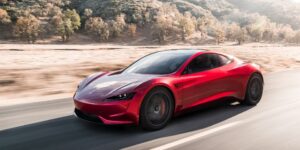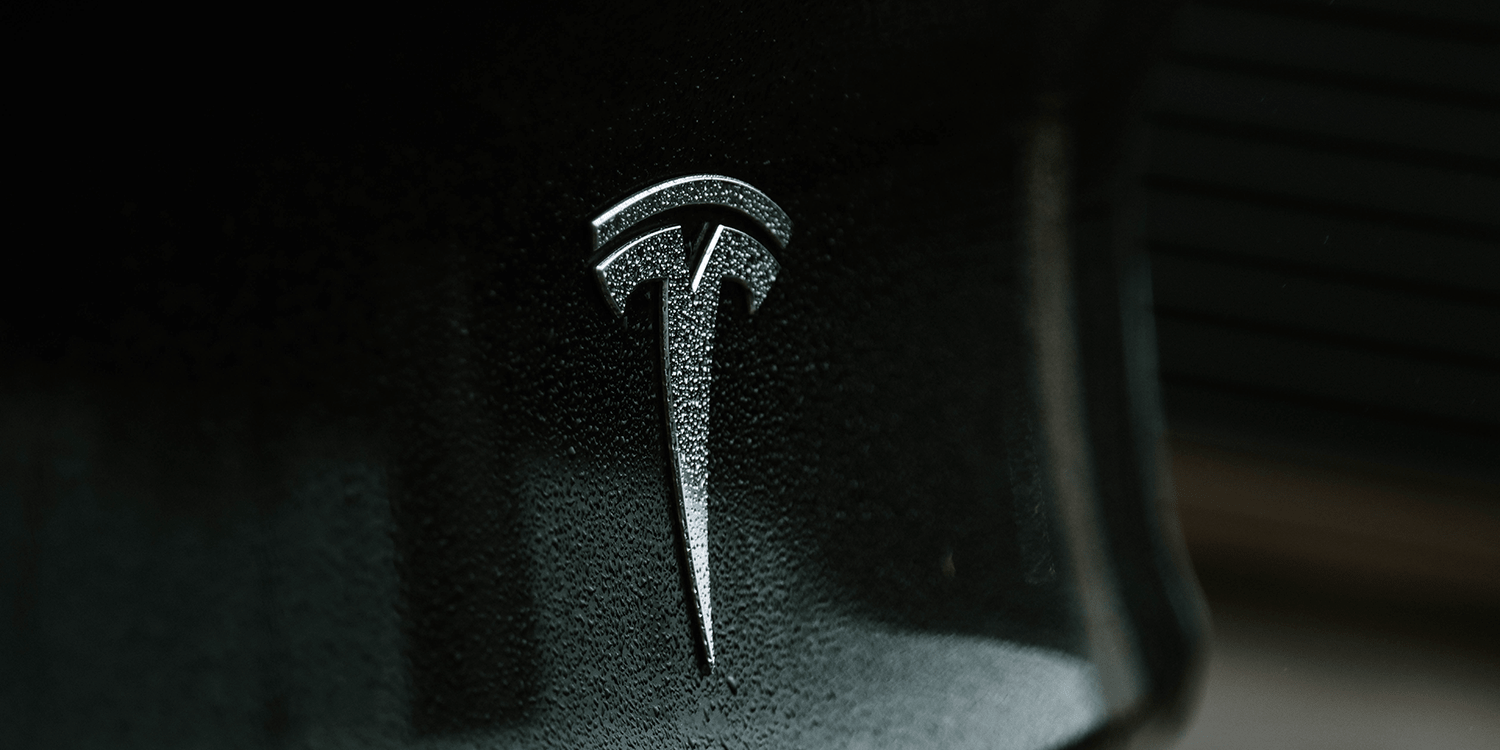Tesla is reportedly planning to start operations at its new factory in Mexico in the first quarter of 2025, which is later than previously announced. The factory, known as Giga Mexico, is said to have an annual production capacity of two million vehicles and is expected to create around 7,000 jobs. The total investment for the factory is estimated to be ten billion US dollars.
Supplier in China
The report states Tesla has informed several Chinese suppliers about the planned start date for production in Mexico and has emphasized the importance of local production for their future business relationship. The suppliers were reportedly told that failure to establish local production in Mexico by 2025 could result in difficulties securing future orders from Giga Mexico and other Tesla plants.
$10 Billion
The factory is being built in the Mexican state of Nuevo León and is expected to cost $10 billion. It will be the first plant for the Tesla vehicles of the “Gen3” platform, but not the whole plant. After the launch in Mexico, Tesla will also use the platform in other gigafactories.
The report also mentions that production costs for specific components in Mexico are approximately 15 percent higher compared to China, which could increase the purchase price for Tesla by around 18 to 20 percent.

Construction
Initially, Tesla did not provide specific details regarding the start of construction or production in Mexico but later mentioned that the factory could commence operations in the second half of 2024. However, the report suggests the construction process has faced difficulties, leading to a revised opening date in 2025.
The challenges include logistical hurdles, infrastructure limitations, and potentially higher labour costs. As a result, Tesla has reportedly engaged with Chinese suppliers to ensure the availability of components for the start of production.
Factory
The Mexican factory is expected to be the first plant for Tesla vehicles based on the “Gen3” platform, but it will not be the whole plant. After the launch in Mexico, Tesla also plans to utilize the platform in other gigafactories. Elon Musk has stated a target of five million units in annual sales for both new models based on the Gen3 platform.

Pros of Tesla’s Factory in Mexico:
- Increased production capacity: The factory’s annual production capacity of two million vehicles will significantly increase Tesla’s ability to meet the growing demand for electric vehicles globally.
- Job creation: The factory is expected to create around 7,000 jobs, providing employment opportunities and contributing to the local economy in Mexico.
- Regional market access: Establishing a factory in Mexico allows Tesla to have a production base closer to key markets in North and South America, potentially reducing shipping costs and delivery times.
- Diversification of production: Having a factory in Mexico diversifies Tesla’s manufacturing footprint and reduces reliance on a single location, mitigating risks associated with supply chain disruptions or trade uncertainties.
- Potential cost savings: Although there may be higher production costs for specific components in Mexico compared to China, the proximity to the North American market and lower labour costs in Mexico could potentially result in overall cost savings for Tesla.
Cons of Tesla’s Factory in Mexico:
- Construction challenges: The report suggests that the construction process for the factory has faced difficulties, potentially leading to delays and increased costs.
- Higher production costs for specific components: The higher production costs for some components in Mexico compared to China may increase the purchase price for Tesla, potentially impacting the competitiveness of its vehicles in the market.
- Logistics and infrastructure limitations: The report mentions logistical hurdles and poorer existing infrastructure in Mexico, which could challenge the efficient operation of the factory and supply chain management.
- Potential labour cost challenges: While labour costs in Mexico are generally lower compared to some other regions, there may still be labour cost challenges that could impact the overall cost-effectiveness of production.
- Reliance on proven suppliers: The report suggests that Tesla is relying on established suppliers initially, which may limit the company’s ability to implement its sourcing strategy of obtaining over 95% of components locally, as seen in other Tesla factories.
Conclusion
Tesla’s planned factory in Mexico presents both advantages and potential challenges. The increased production capacity and job creation are positive aspects that can help meet the growing demand for electric vehicles and contribute to the local economy. Additionally, having a production base in Mexico can provide restricted market access and diversify Tesla’s manufacturing footprint.
However, there are potential cons to consider. The reported construction challenges and higher production costs for specific components in Mexico could lead to delays, increased expenses, and potentially higher purchase prices for Tesla vehicles. Logistics and infrastructure limitations and labour cost challenges may also pose obstacles to the efficient operation of the factory.
Latepost.com, Driveteslacanada.ca





































